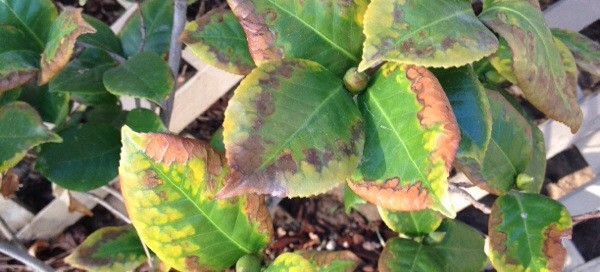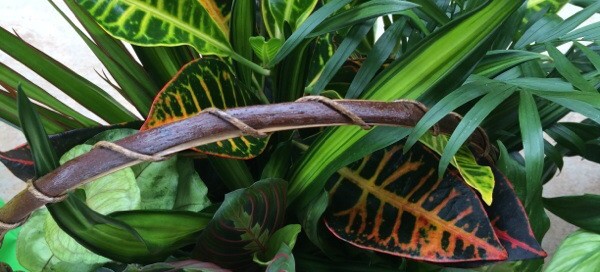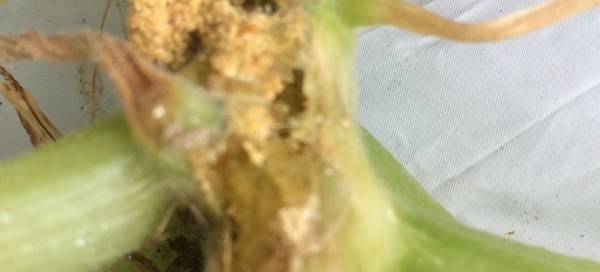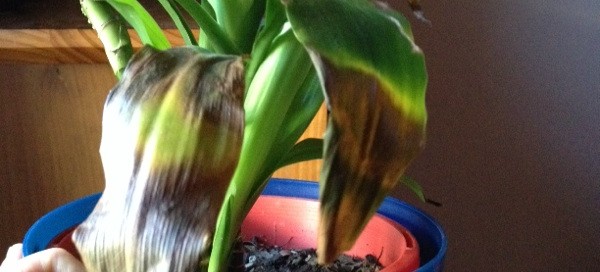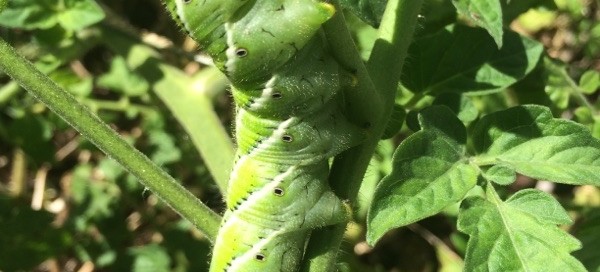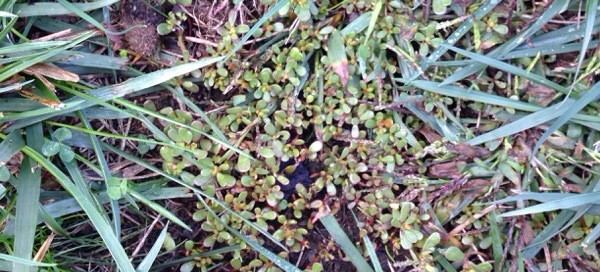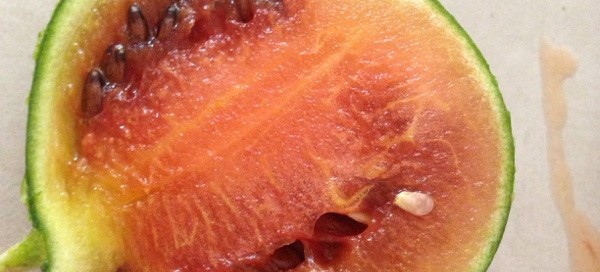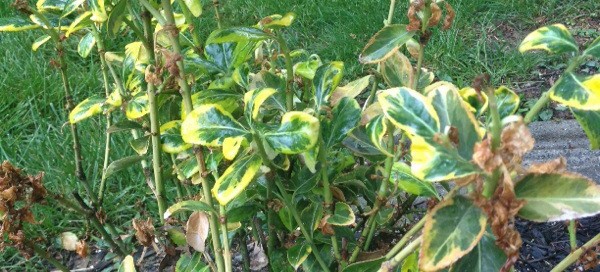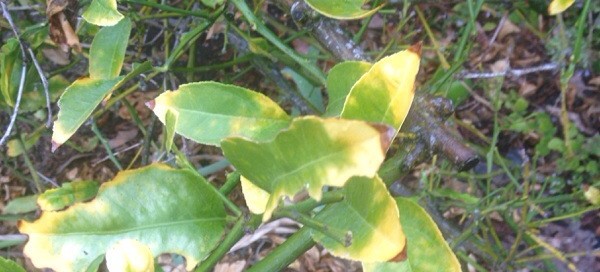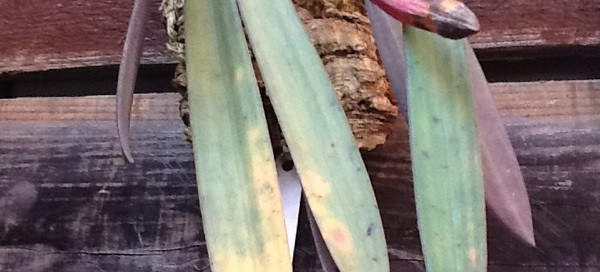Nutrient Deficiency In Camellias
It appears that you have a pretty severe nutrient deficiency. It looks as though it might be a Magnesium and/or Iron deficiency. This happens when the soil is too alkaline for the plant to take up the available Mg/Fe. Camellias, gardenias, azaleas, and hydrangeas all prefer acid soil. You may want to start by adding a soil amendment that is labeled for acid loving plants. Mix it in with your native soil 50/50. Then you want to find a fertilizer that contains chelated Iron and Magnesium. You should be able to find both of these items at your local garden center. Here are a couple of links that you might find helpful: https://www.rhs.org.uk/advice/profile?PID=456
http://www.ipm.ucdavis.edu/PMG/GARDEN/PLANTS/camellia.html
